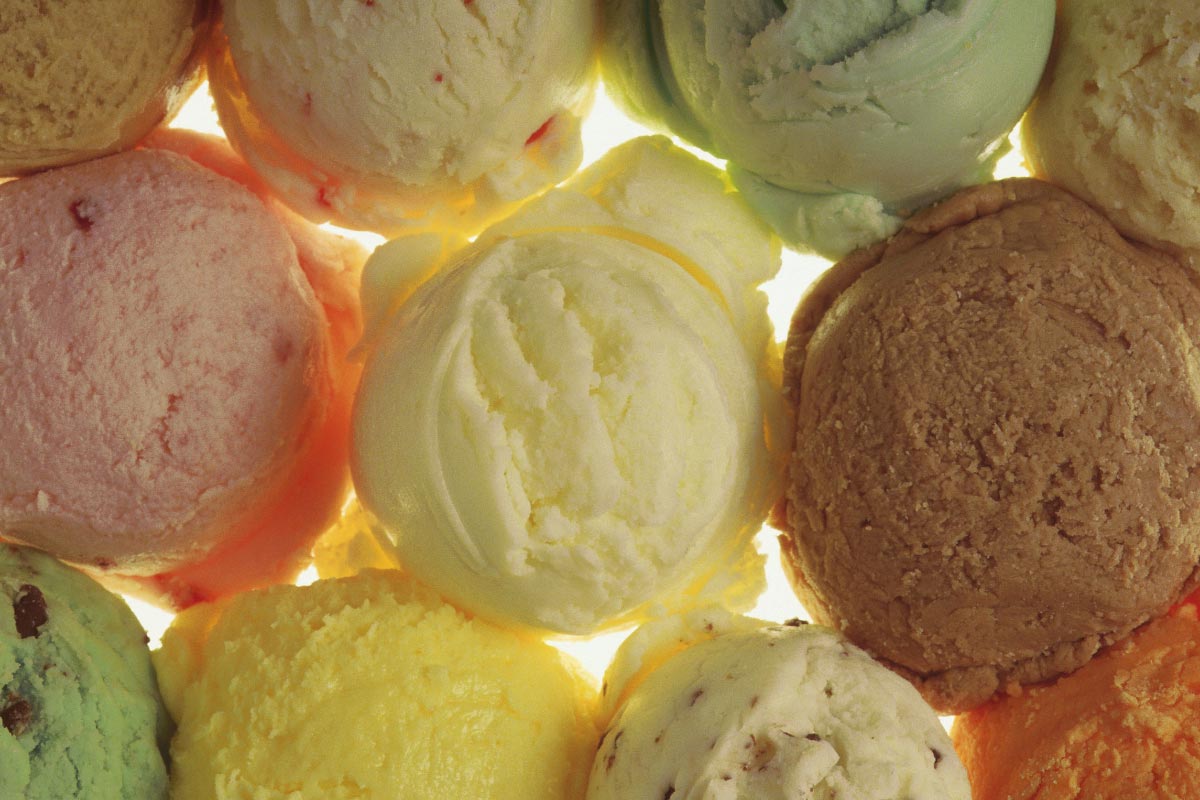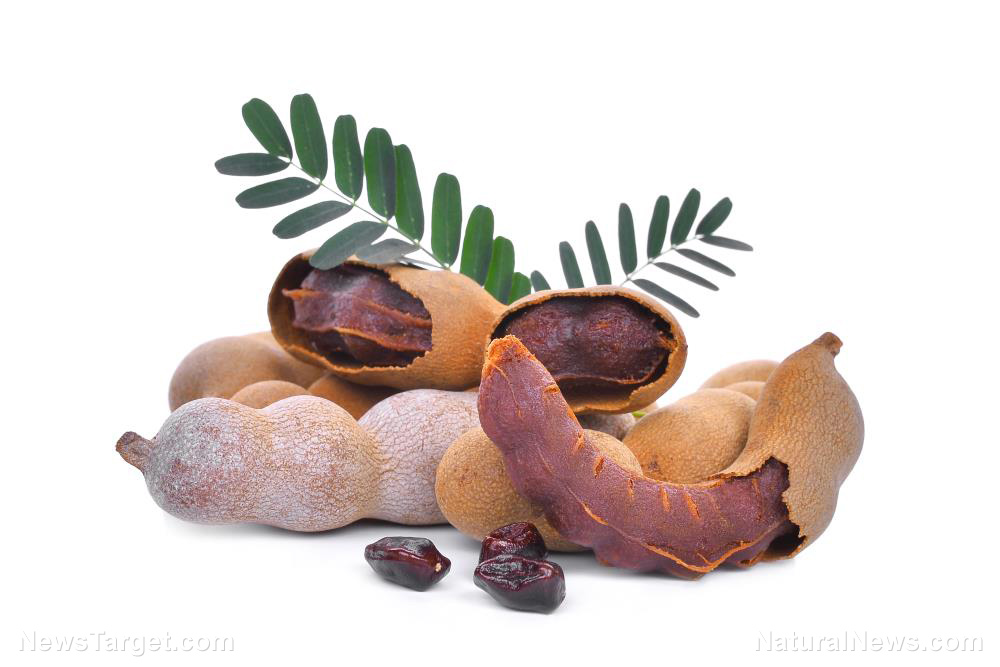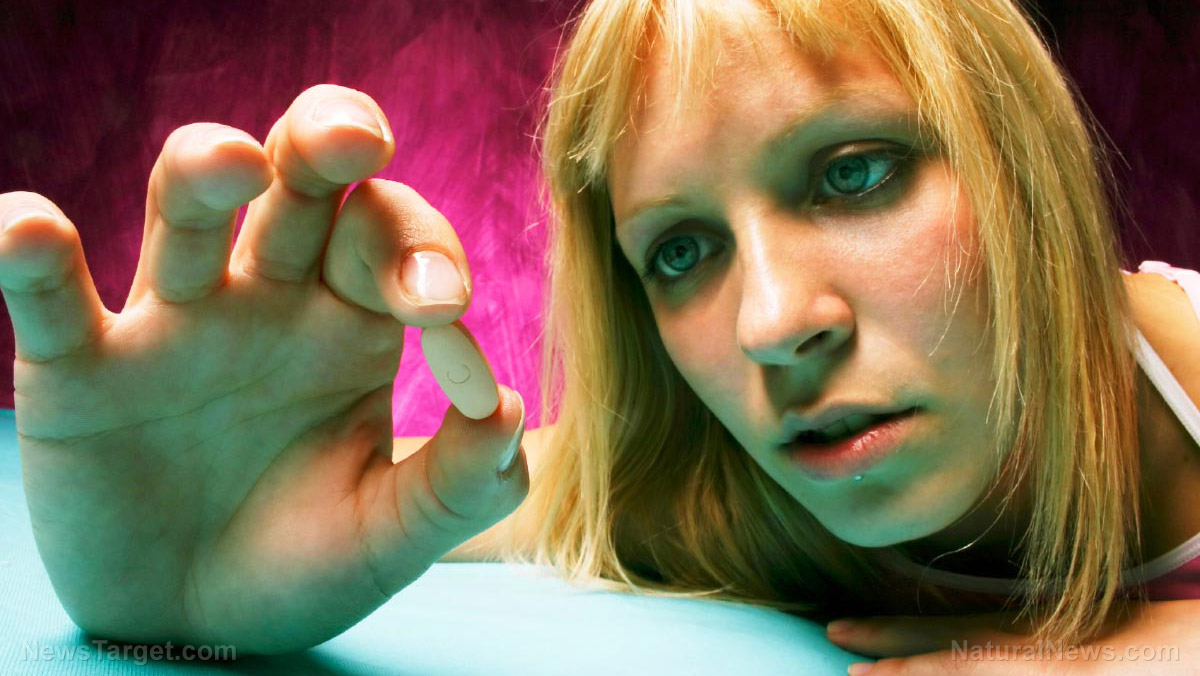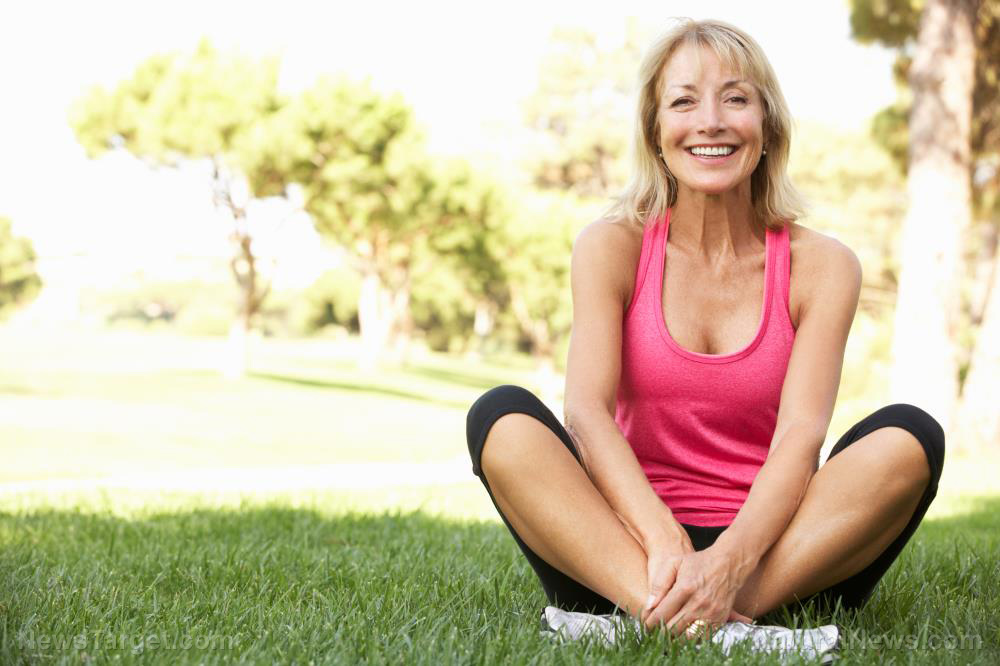Top 10 plants that work better than pharmaceutical drugs
10/22/2015 / By Carol Young
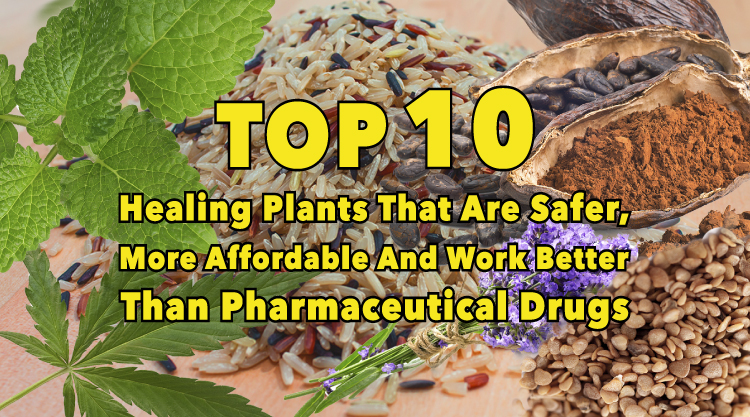
Plants contain incredible healing power that often gets overlooked in today’s world of modern medicine. Common maladies may be treated with plants that you possibly have in your home, or which can be bought in supplement-form at your local grocer. It is important to not forget the natural healing power that plants can provide us.
Many plants have been used for centuries to treat non-life-threatening ailments such as headaches, colds and cosmetic skin issues. On the other hand, some pharmaceutical medicines are overkill when treating certain ailments. Researchers are now considering using cannabis to treat post-traumatic stress disorder over some pharmaceutical drugs, which often have unwanted side-effects.
In some cases, going back to nature’s already available medicines can be safer and more effective than using modern medicine’s pharmaceutical drugs.
Red yeast rice
Lowers cholesterol
A UCLA study showed that people who used a red yeast rice supplement over 12 weeks has lower levels of both LDL (bad) cholesterol and total cholesterol. HDL (good) cholesterol was not changed by the supplements. The red yeast (Monascus purpureus) will stop the active enzyme that the body uses to make cholesterol. Prescription drugs use the active ingredient in red yeast rice known as monacolin K (which has the same makeup as the drug lovastatin). If you have high cholesterol, you may want to consider trying the natural remedy of red yeast rice, which can be eaten or taken in a supplement.
Cannabis
Treatment for post-traumatic stress disorder
The list of disorders that can be treated with cannabis is quite long: eating disorders, sleep issues, pain management, seizures… but what about PTSD?
Mother Nature's micronutrient secret: Organic Broccoli Sprout Capsules now available, delivering 280mg of high-density nutrition, including the extraordinary "sulforaphane" and "glucosinolate" nutrients found only in cruciferous healing foods. Every lot laboratory tested. See availability here.
Researchers are now looking at using marijuana to treat PTSD; their proposed participants are servicemen and women whose PTSD symptoms have not improved under current standard medical practices. In a study completed at Israel’s University of Haifa, researchers found that administering marijuana to rats within 24 hours of suffering psychological trauma helped block the development of post-traumatic stress disorder. Dr. Irit Akirav said that, while many things need to be taken into consideration, “There is a critical window of time after trauma, during which synthetic marijuana can help prevent symptoms similar to PTSD in rats. It does not erase the experience, but can help prevent the development of PTSD symptoms.”
Cacao
Dilates blood vessels
Cacao is where we get chocolate. In Tenochtitlán, the Aztecs would drink cacao at ceremonies; cacao seeds were used as currency and was so valuable that it was even counterfeited. The Aztecs supposedly used cacao to calm people before they were sacrificed in rituals.
The Guna people of northeastern Panama have almost no traces of hypertension, which researchers attribute to the cacao that local people drink up to fives times a day. Russian chemist Alexander Voskresensky discovered theobromine in 1841. This is the chemical in cacao that dilates blood vessels, can lower blood pressure and reduces the risk of heart attack.
Ashwagandha
Sleep remedy, alleviates anxiety
1,000 mg of Ashwagandha at night can help with sleep problems and brain fog. Ashwagandha can also be used to treat stress, fatigue, lack of energy and difficulty concentrating. It may also protect your immune system, improve learning, memory and reaction time, reduce brain-cell degeneration, stabilize blood sugar, lower cholesterol, enhance sexual potency and provide anti-inflammatory benefits.
The root and berry of the Ashwagandha are used to make medicine. The plant consists of green leaves and red flowers. Ashwagandha is now being used by doctors and researchers for its antioxidant properties and its usefulness in sopping up free radicals. The medical field continues to study Ashwagandha for treating cancer.
Butterbur
Headaches and migraines
Butterbur is characterized by its pink flower stalk with lilac and soft reddish flowers; its leaves are like rhubarb, and it can be found growing in marshes, wet meadows, riverbanks, damp roadsides and ditches. Butterbur can be eaten, put in a tea, used in a tincture or taken in pill form. Butterbur is used to treat headaches, migraines, hay fever, allergies, itchy and runny nose, nasal congestion and itchy eyes. Be careful when using butterbur, as it contains pyrrolizidine alkaloids (PA), which are toxic chemicals that may cause liver damage. You can find PA-free butterbur sold in some stores. Try taking 50 to 75 mg of butterbur twice a day.
Echinacea
Stimulate the immune system
Echinacea is native to the United States and Canada, where there are at least nine known species, the most common of which is Echinacea purpurea. Traditionally, this flower has been used to treat colds, the flu and other infections; it has also been used to treat wounds and skin problems ranging from acne to boils. The top parts of the Echinacea plant are dried out or used fresh to make juice, extracts and teas or for external use. Echinacea may be used to treat upper respiratory infection.
Turmeric
Treat skin problems
Banish wrinkles and fine lines by applying turmeric directly to the skin. The regular use of turmeric face masks and other ingredients can help fade fine lines.
Turmeric has antibacterial properties that may help with skin problems such as acne. Turmeric and sandalwood powder can be mixed together to make a mask. If you have dry skin, mix turmeric with milk powder and water. Use this mask for 10–15 minutes. For oily skin, use a small amount of turmeric with coconut oil and leave on the face for 10 minutes.
Lemon balm
Improve circulation
The lemon balm plant is easy to grow. As an herbaceous perennial, it will grow vigorously in your garden. You can take the leaf tips off of the lemon balm and make a tea. The lemon balm can improve circulation, ease bloating and calm anxiety and may also be used for pain from menstrual cramps.
Lavender
Antibacterial
Use lavender when washing your hands (tea of lavender) or if you have a cut. The lavender plant is also good for fungal infections. The beautiful purple flowers will give off a powerful and pleasing scent in your garden. Because the lavender plant is antibacterial, you can also use it on your underarms, where body odor develops from bacteria. As an antibacterial plant, lavender makes for a great deodorant.
Black peppermint
Digestive promoter
Black peppermint is the most potent form of peppermint. You can grow it in your garden at the edges — otherwise it may displace other plants — using these black peppermint plants to put in your teas or salads. Black peppermint improves digestion and can help alleviate bloating and ease stomach ache. If you make it into a cold compress, you can use it on sunburn.
Bonus healing herb:
Oregano
Headaches
Oregano is a powerful antimicrobial plant which contains carvacrol. The essential oil of oregano has been used to kill the hospital superbug MRSA. At Bonn University, scientists are researching the use of oregano to treat osteoporosis and arteriosclerosis.
Sources:
Tagged Under: functional food, healing plants, herbal medicine, pharmaceutical drugs, plant-based medicine, side effects



